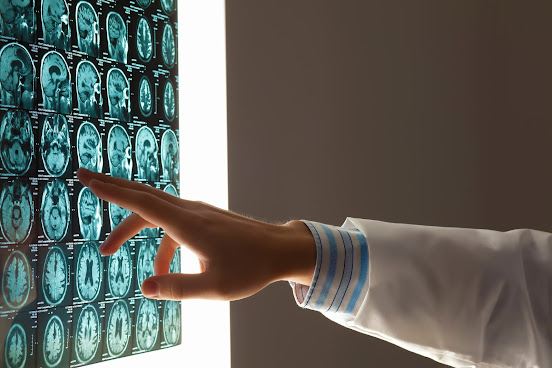Cancer diagnostic tests: What you need to know!
Biopsy: A biopsy is done by obtaining a small tissue surgically from the speculated area and examining it under the microscope to confirm the presence of cancer cells. As this is an outpatient procedure, there is no need for a hospital stay at night. As biopsies can be painful, a local anaesthetic can be used.
There are several ways to perform Biopsies; these are:
Needle biopsy: Here, the tissue or fluid is removed via a needle. Fine needle aspiration (FNA) can be effective for fluid-filled tumours.
Skin biopsy: A small sample of your skin is cut and then analyzed.
Surgical biopsy: A part or all of a tumour is removed via surgery.
Liquid biopsy: This novel biopsy scans for hints of markers for specific malignancies in a blood sample.
Endoscopy:
In this method, a thin, light tube (endoscope) helps to take a peek inside the body. Thereafter, the affected cells or tissues can be pulled out with the help of a tube.
The most frequently used type is the colonoscopy to look for regions through the length of the colon using an endoscope camera. Diagnostic Imaging: Many imaging tests can check the extent of cancer. Energy is sent through the body to capture the pictures of the affected area and diagnose cancer.
Some of the regularly used imaging tests are: X-Rays: A beam of electromagnetic radiation passes through the body and different parts of the body absorb varying amounts of energy. A special detector creates an image on a computer (digital image) to diagnose cancer in the lungs, stomach, bones, kidneys or breasts. Mammography: It is a screening tool to detect tumours or abnormal tissue in the breast at the early stage with the help of low dose X-rays. Bone scan: It is used to recognise the cancerous cells, bone fractures and look for other bone issues, like arthritis and infections. Cancer that has been metastasized to the bone from a primary location, like lungs, breast or prostate can also be traced. Ultrasound or Sonogram: It uses high-frequency sound waves to form images of the internal organs to reveal the structure and movement of organs, for example, the heart, kidneys and liver. It does not use radiation. CAT scan or computed tomography (CT) scan: It helps produce 3D cross-sectional images of the body and displays them on the screen to detect the type of cancer, its location and size.
Magnetic resonance imaging (MRI): It helps differentiate between normal and infected cancerous tissue. It does so by capturing accurate, cross-sectional pictures of the inside of the body via radiofrequency waves, strong magnets and a computer. This procedure does not use radiation. It provides a higher contrast in the soft tissues as compared to a CAT scan. After a cancer diagnosis, it is always a good idea to get a second viewpoint, as seldom it may be misjudged with just the first diagnosis. No matter what the outcome is, always have a positive outlook for a happy and healthy life! FAQs: Q. How can you know if you have cancer? Ans. Cancer diagnostic tests help to detect the presence of cancer.
Q. What is the most common cancer diagnostic test used? Ans. A biopsy is a commonly used procedure to detect cancer in most cases.



Comments
Post a Comment